As an Amazon Associate, I earn from qualifying purchases through the links below, which helps support Recipe Rewind at no extra cost to you. I've only included products that genuinely capture the Victorian aesthetic and would help you create an authentic period-inspired tree.
Recreate the glittering elegance of a Victorian Christmas tree with this authentic trimming guide inspired by Queen Victoria and Prince Albert's celebrated 1840s tradition. Learn how Victorian families transformed their evergreens into magical displays loaded with candlelight, edible treats, and sparkling ornaments.
Discover how to capture that same romantic aesthetic using modern materials and safety-conscious alternatives. This Victorian Christmas tree trimming guide blends historical authenticity with practical decorating advice, complete with product recommendations for building your own Victorian-inspired tree.
When the Illustrated London News published an engraving of Queen Victoria and Prince Albert standing beside their decorated tree at Windsor Castle in 1848, British families rushed to recreate the magic in their own parlors. The scent of balsam mingling with melting beeswax, glass ornaments catching every flicker of candlelight, children's eyes wide at the gilded walnuts and sugar plums tucked between branches. This was Christmas theater at its finest.
The Victorian Christmas Tree Era
Victorian fascination with Christmas trees reached its height between the 1840s and early 1900s, when Prince Albert brought his German traditions to Windsor Castle. Families gathered on Christmas Eve to watch the tree unveiled in all its glory, ablaze with candles and laden with treats that children would later pluck from the branches.
The first advertisements for tree ornaments appeared in 1853, and suddenly, mechanization made sparkly decorations available to the middle class. Victorian homes competed to create the most dazzling displays, combining store-bought glass ornaments with homemade edible decorations, all unified by one goal: the tree must be as beautiful as possible.
Victorian Tree Philosophy
Families in the Victorian era approached tree decorating with specific goals: the tree must be beautiful, it must glow with light, and it must bear "Christmas fruit"; edible treasures for children to discover. Unlike today's approach of hiding gifts beneath the tree, Victorians made the tree itself the gift, adorning every branch with sweets and small toys. The effect was deliberately theatrical, designed to create wonder and anticipation.
You can recreate this authentic Victorian aesthetic using products readily available today. Throughout this guide, I've curated specific product recommendations to help you source everything from clip-on LED candles to gilded walnuts - all items that honor Victorian traditions while working for modern homes.
Choosing Your Victorian Tree
Victorian periodicals were quite specific about Christmas tree selection. The ideal tree shouldn't be too thickly branched; decorations needed space to shine against the dark evergreen background. Freshly cut trees were essential, as brittle needles would quickly shed in warm parlors.
Victorian Tree Illumination
The Victorian tree experience centered on candlelight. Wax tapers weren't just functional; their perfume mingled with the scent of burning fir to create the complete sensory experience that Victorians cherished. Families attached colored candles spirally up the tree using clip-on tin holders with small reflectors.
Christmas Fruit and Edible Decorations
Victorian trees doubled as edible displays, with nearly every ornament containing treats for children to discover. This tradition transformed the tree into an interactive experience rather than just a visual decoration.
Glitter, Tinsel, and Glass Ornaments
Victorian trees sparkled against their dark evergreen backgrounds with carefully chosen reflective elements. The goal was brightness and glitter, not subtlety.
The Victorian Tree Topper
The tree's highest point requires special attention. Victorian families placed an angel or Christ-child figure with arms raised in blessing at the spire.
Alternative toppers include a gold star, crescent moon, or sheaf of gilded spears. Each option maintains the Victorian emphasis on sparkle and symbolism.
Color Coordination Strategy
While Victorian trees often displayed multiple colors, the finest examples featured a dominant color note throughout. Choose a single hue for candles, paper flowers, fabric bags, and decorative rods, then let the remaining ornaments follow in complementary reds or mixed colors. This approach creates visual cohesion without sacrificing Victorian exuberance.
Displaying Gifts Separately
Victorian tradition held that the tree itself was Santa Claus's gift to the family. Presents from family members never hung on the tree but were instead labeled and arranged on tables or the floor below. This practice preserved the tree as a communal display rather than a gift-holding structure.
Frequently Asked Questions
Victorian families brought trees inside on Christmas Eve and decorated them that evening, often with the whole family participating. The decorated tree was then revealed to children in a special unveiling ceremony.
Victorian families placed their trees in the parlor or drawing room, where the family gathered for celebrations. The tree served as the centerpiece of the room, and presents were often arranged on tables nearby rather than under the tree. Wealthier families might have multiple trees throughout their homes.
No. Artificial trees didn't exist during the Victorian era. All Victorian trees were freshly cut evergreens, typically balsam fir, spruce, or standard fir. The scent of fresh evergreen was considered essential to the Christmas experience. Modern artificial trees can work for recreating the Victorian look, but consider adding fresh evergreen garland for authentic fragrance.
Victorian families typically displayed their trees only from Christmas Eve through Twelfth Night (January 6th). Trees were brought inside on Christmas Eve, decorated that same evening, and revealed to children in a special ceremony. The tradition of keeping trees up for an entire month before Christmas is a modern practice.
After Twelfth Night, Victorian families would strip edible decorations for children to enjoy, then dispose of the bare tree. Some families burned their trees in the fireplace, while others had them carted away. Glass ornaments and treasured decorations were carefully packed away for the following year.
Focus on three elements: warm candlelight-style illumination, edible decorations like gilded nuts and stick candy, and abundant tinsel and glass ornaments that reflect light. A dominant color scheme unifies the overall look.
Absolutely! Mixing vintage-inspired pieces with modern elements creates a collected, lived-in look that's actually more authentic to Victorian decorating. Victorians themselves combined handmade items with store-bought ornaments, constantly adding new pieces each year. Layer vintage glass ornaments with LED lights and combine reproduction Victorian decorations with family heirlooms for a personalized display.
The Victorians understood something we're still chasing: that the most memorable holidays aren't about perfection, but about creating moments worth remembering. Your tree doesn't need to match Windsor Castle's splendor to capture that same sense of wonder. Start with candlelight, add layers of sparkle and sweets, and let the tree become what it was always meant to be - the centerpiece of your family's Christmas story.
I hope this Victorian-inspired tree trimming guide has been helpful. Feel free to bookmark it for your holiday decorating, and if you recreate a Victorian tree this year, leave a comment below to let me know how it turned out!
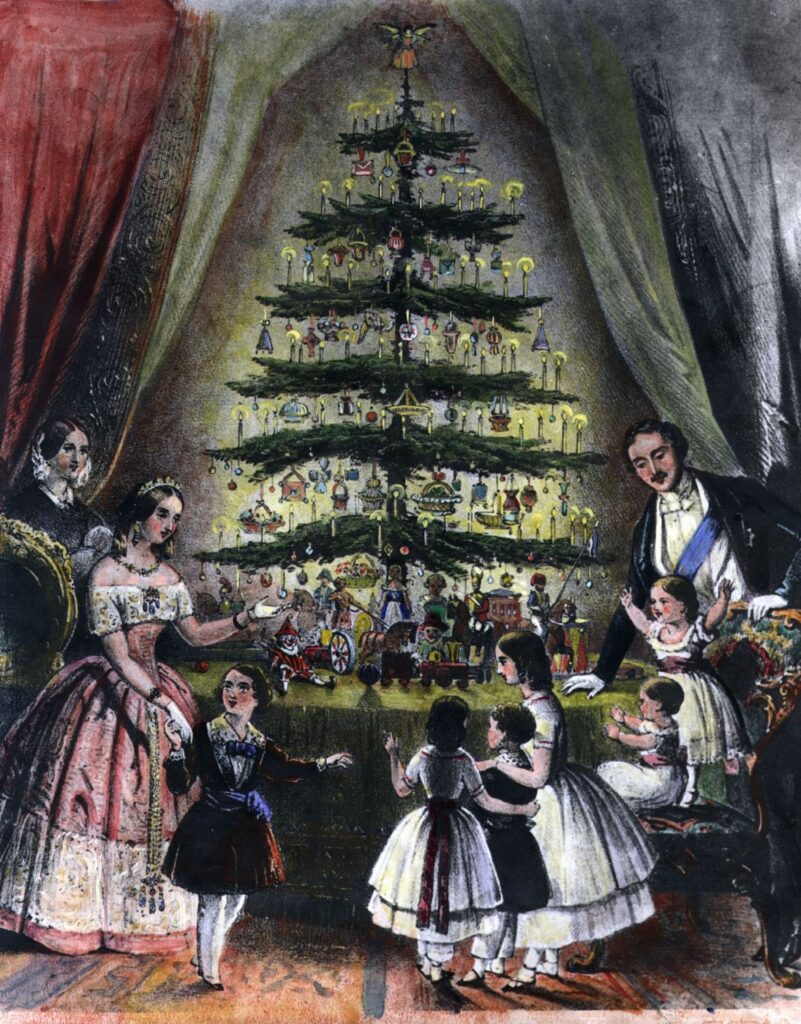
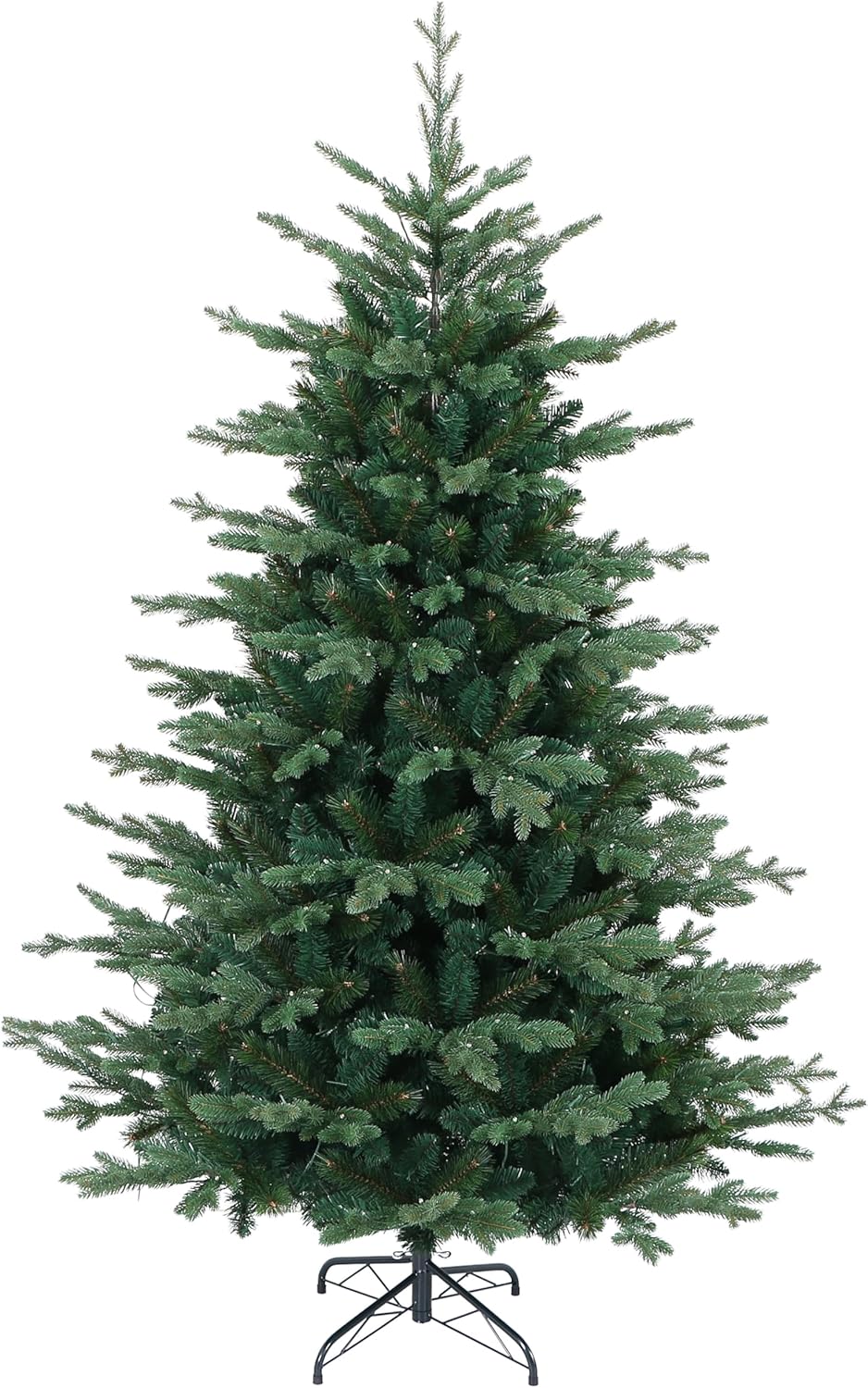

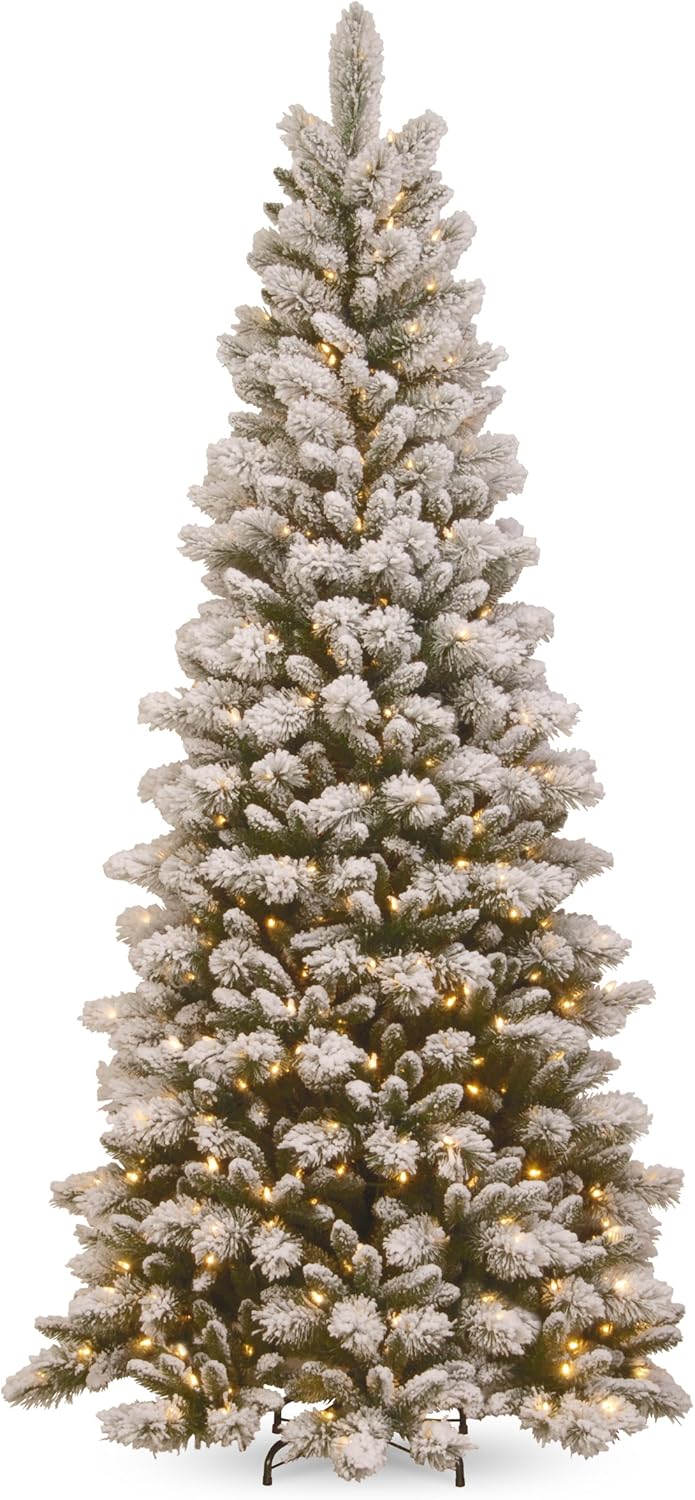
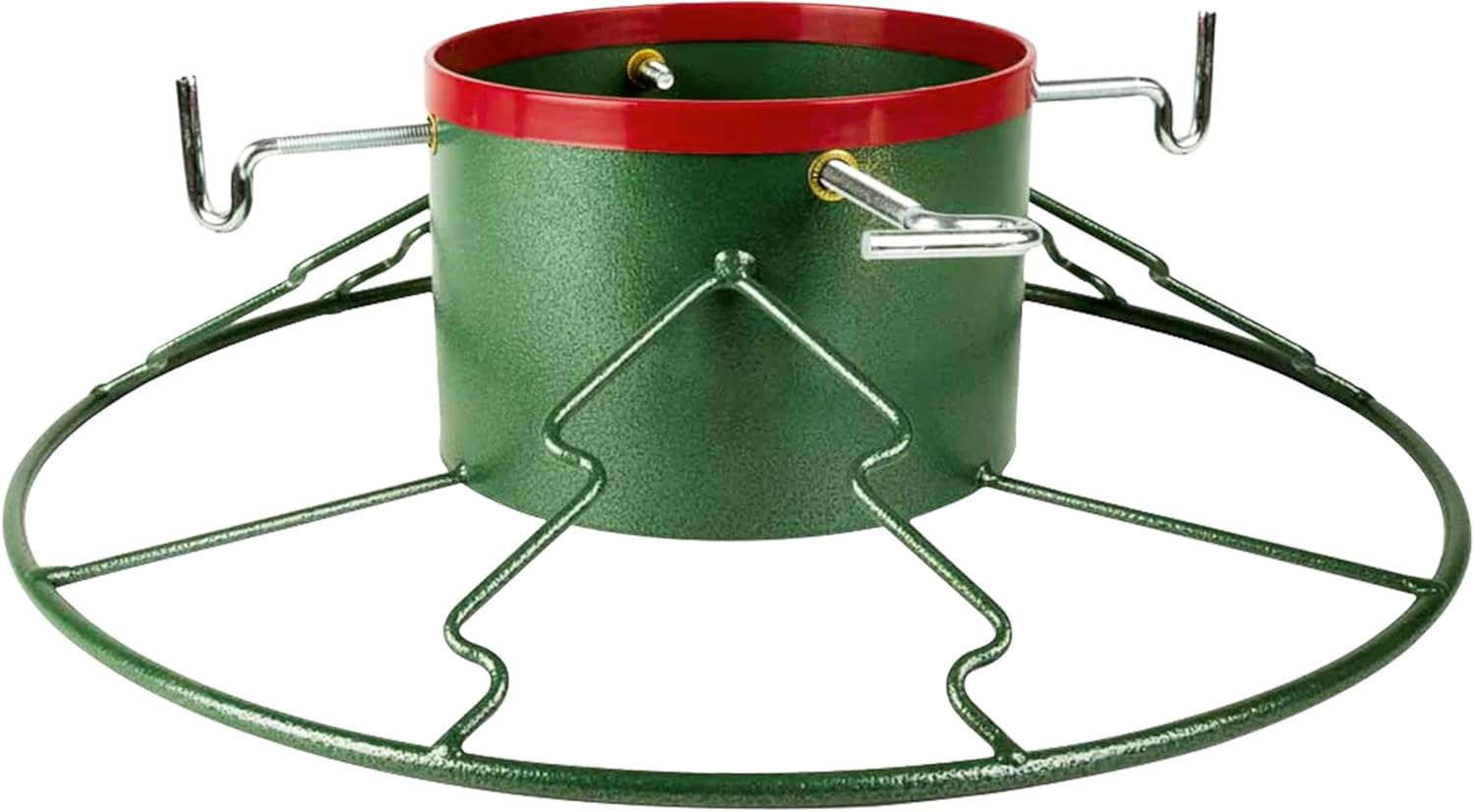

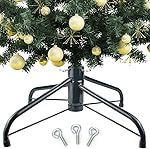

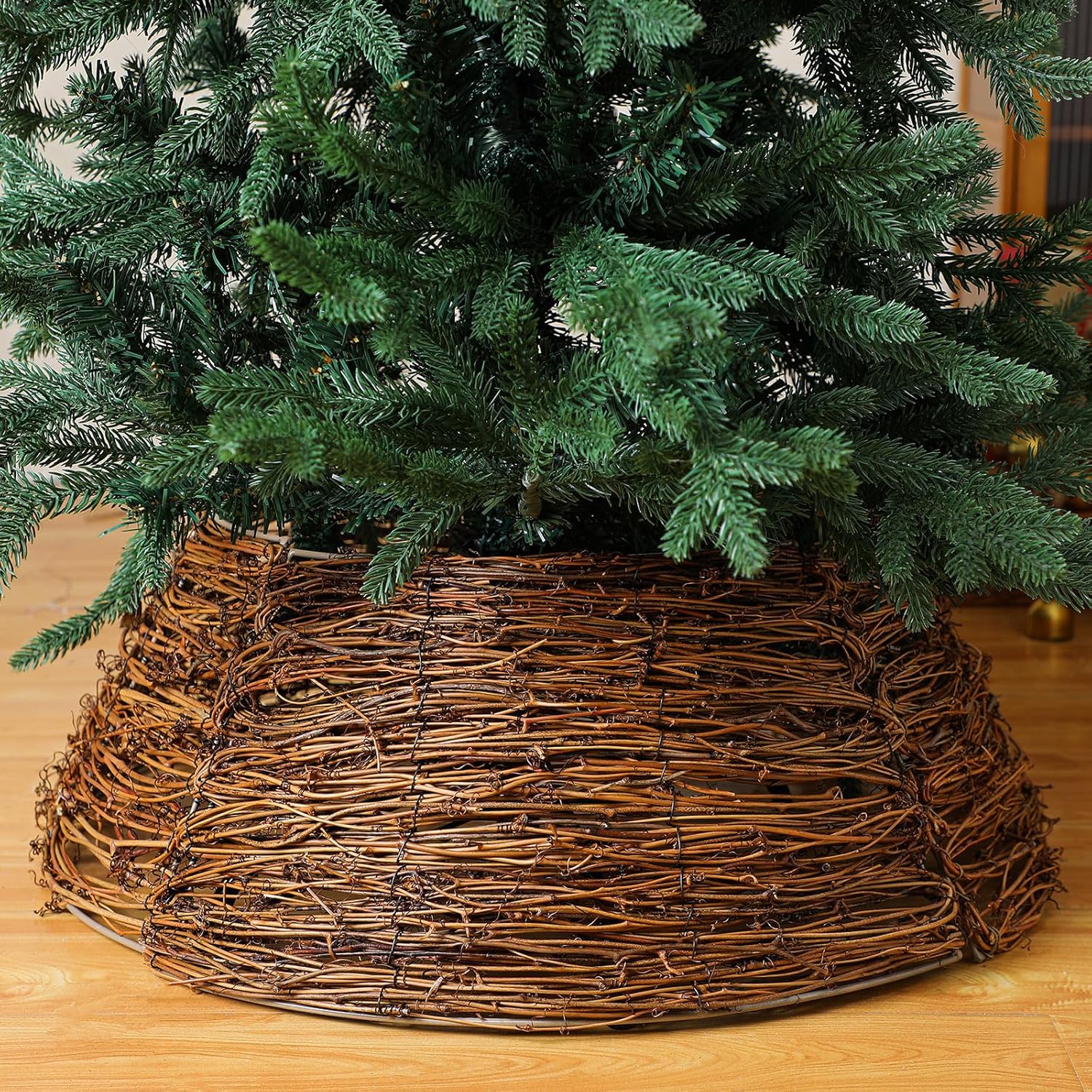

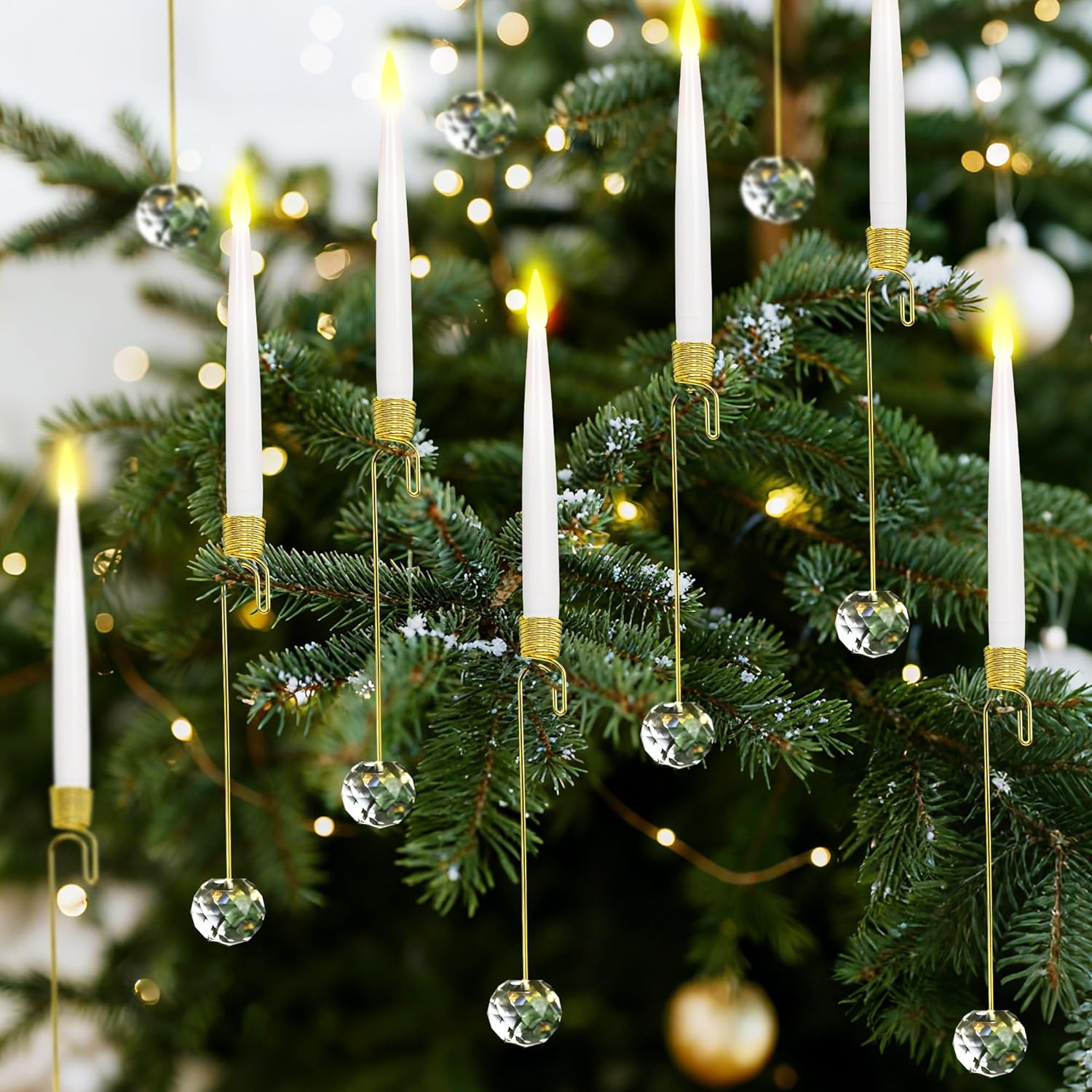


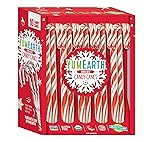
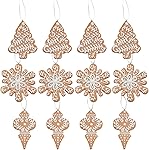


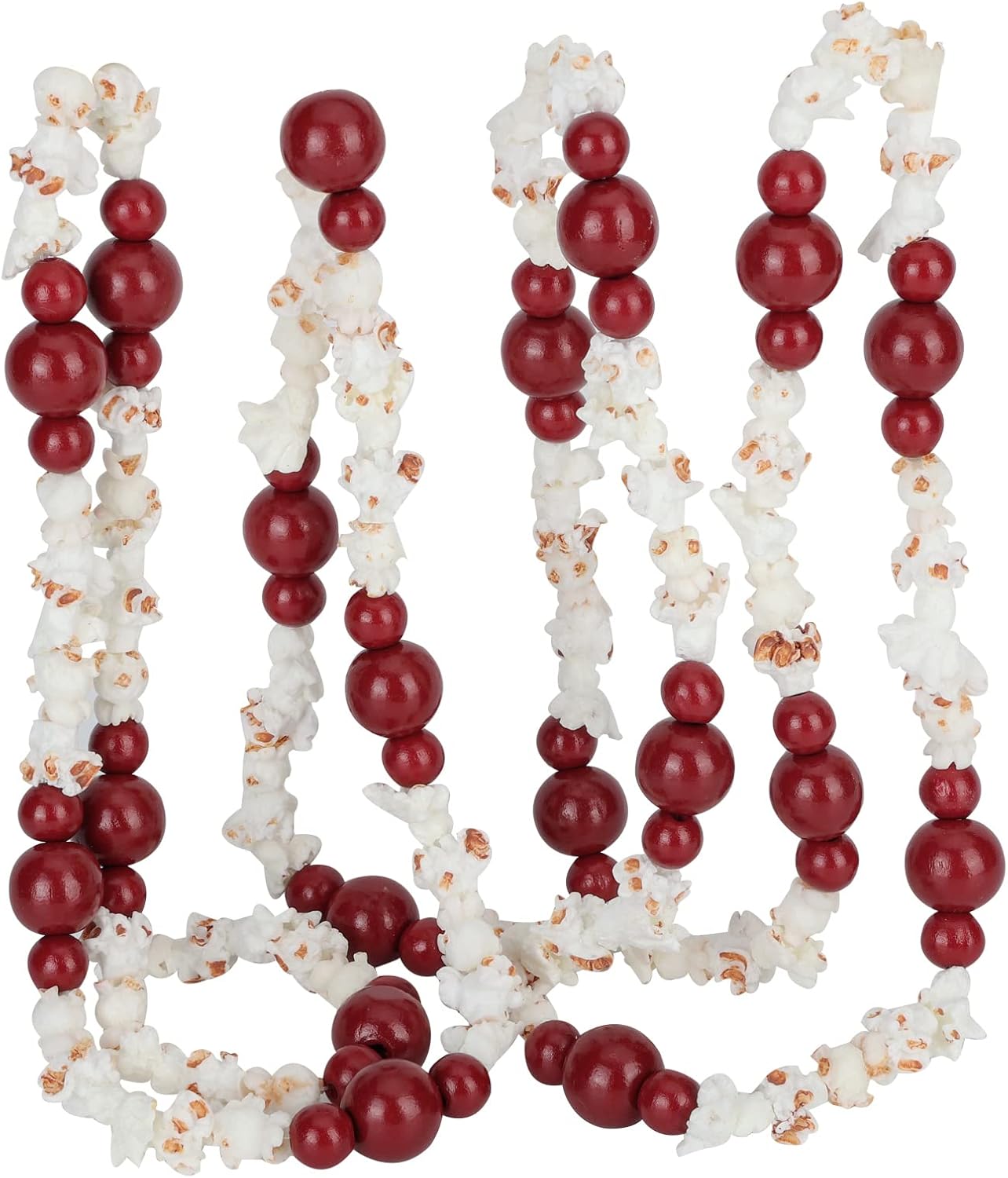
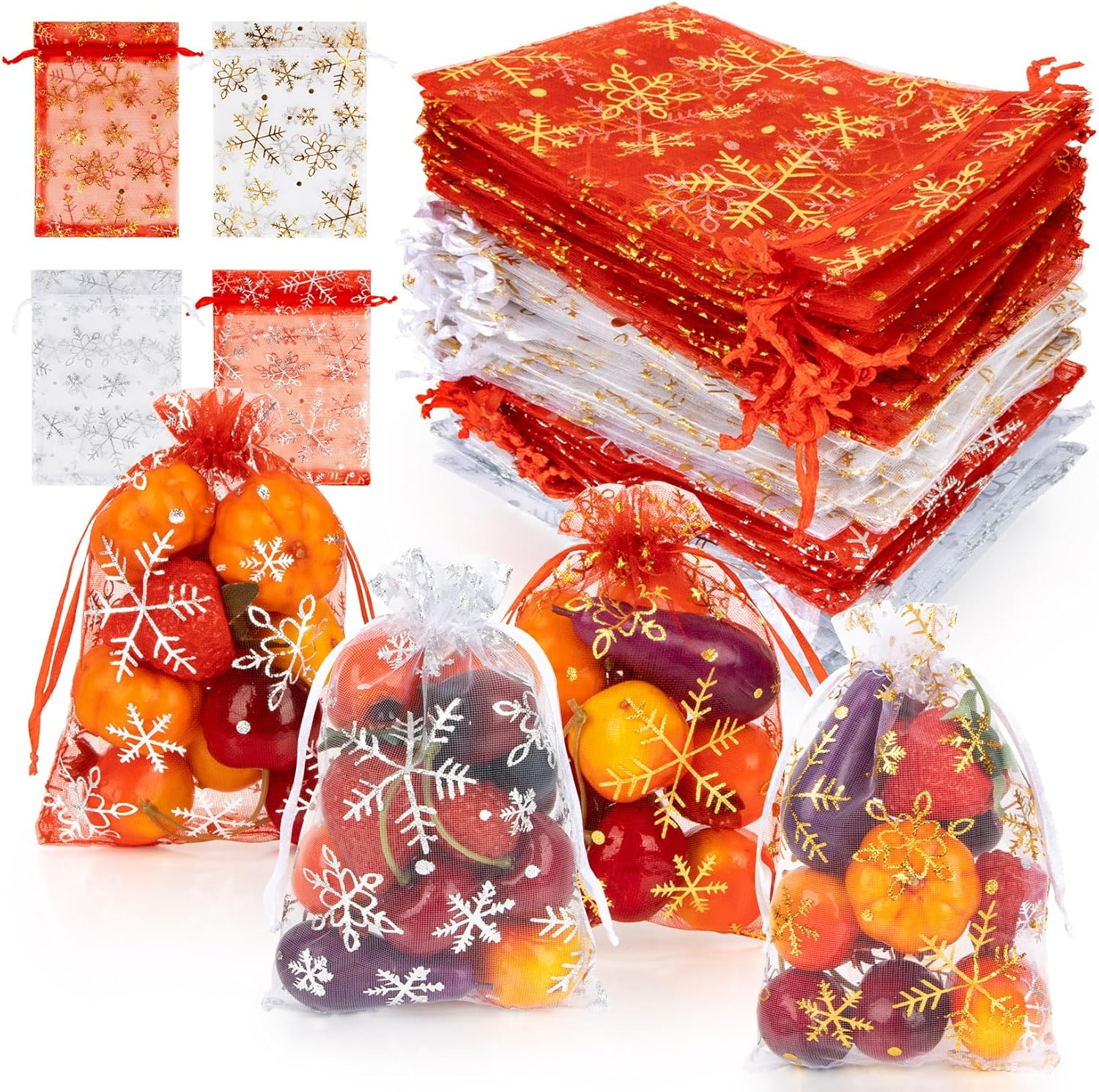

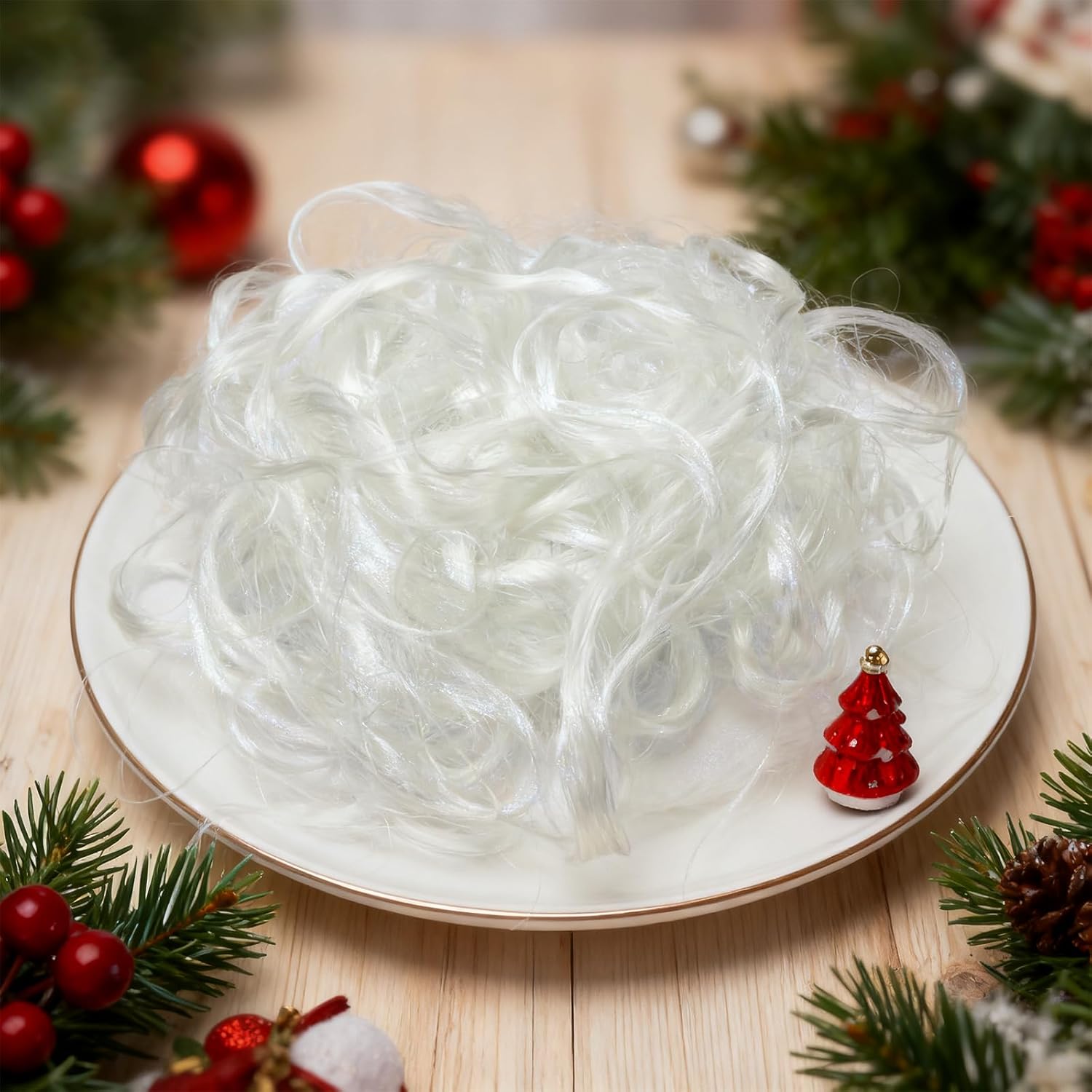


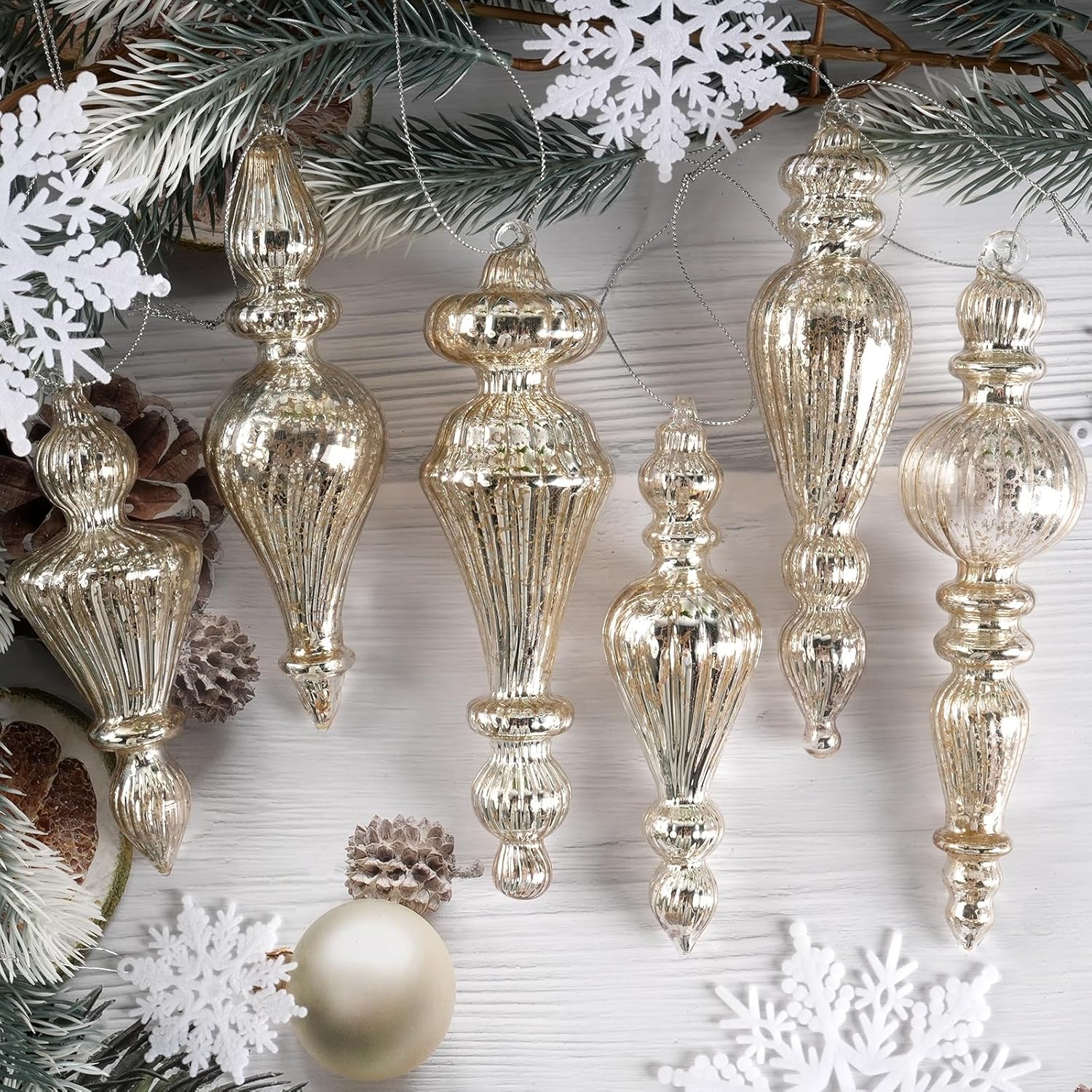
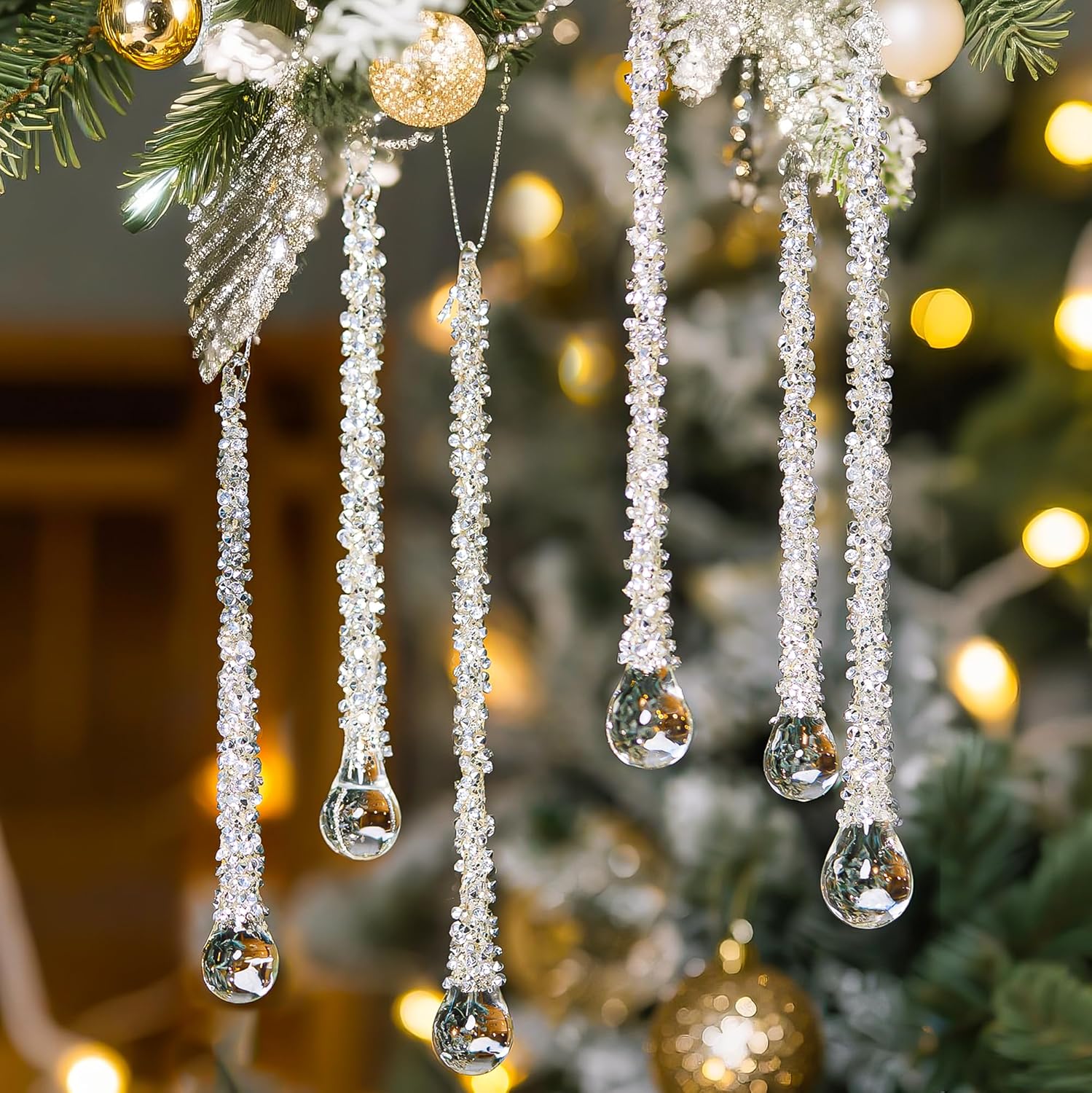
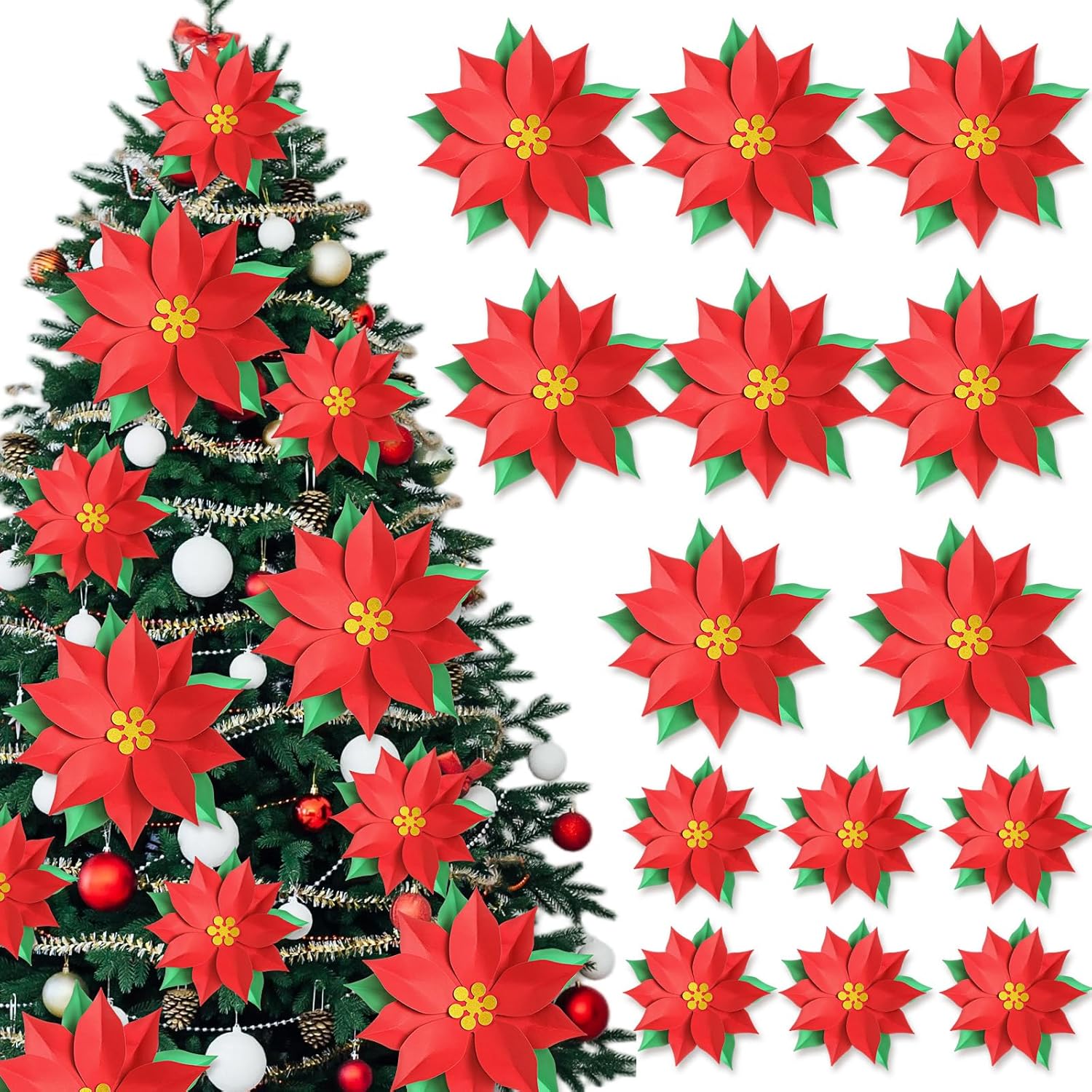
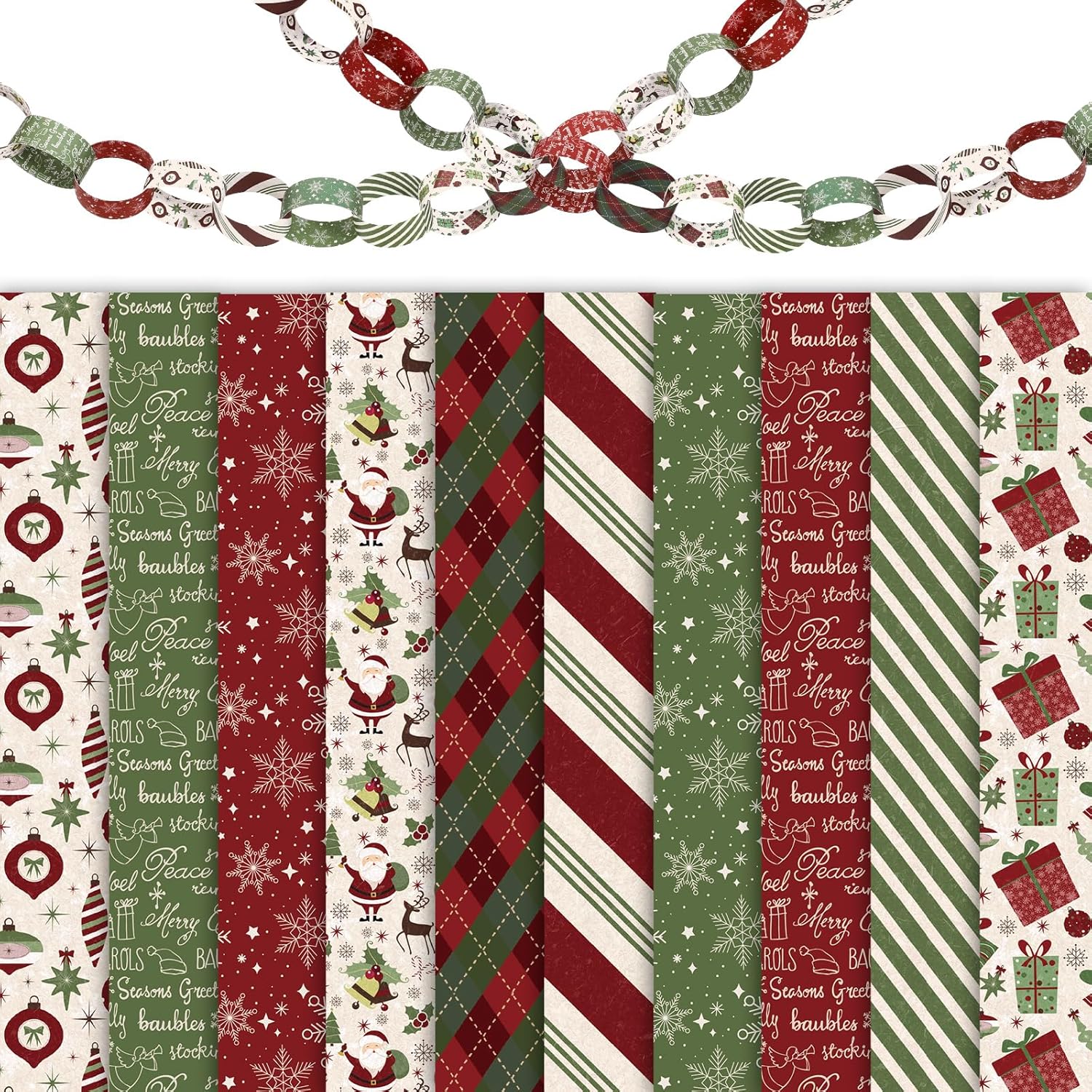
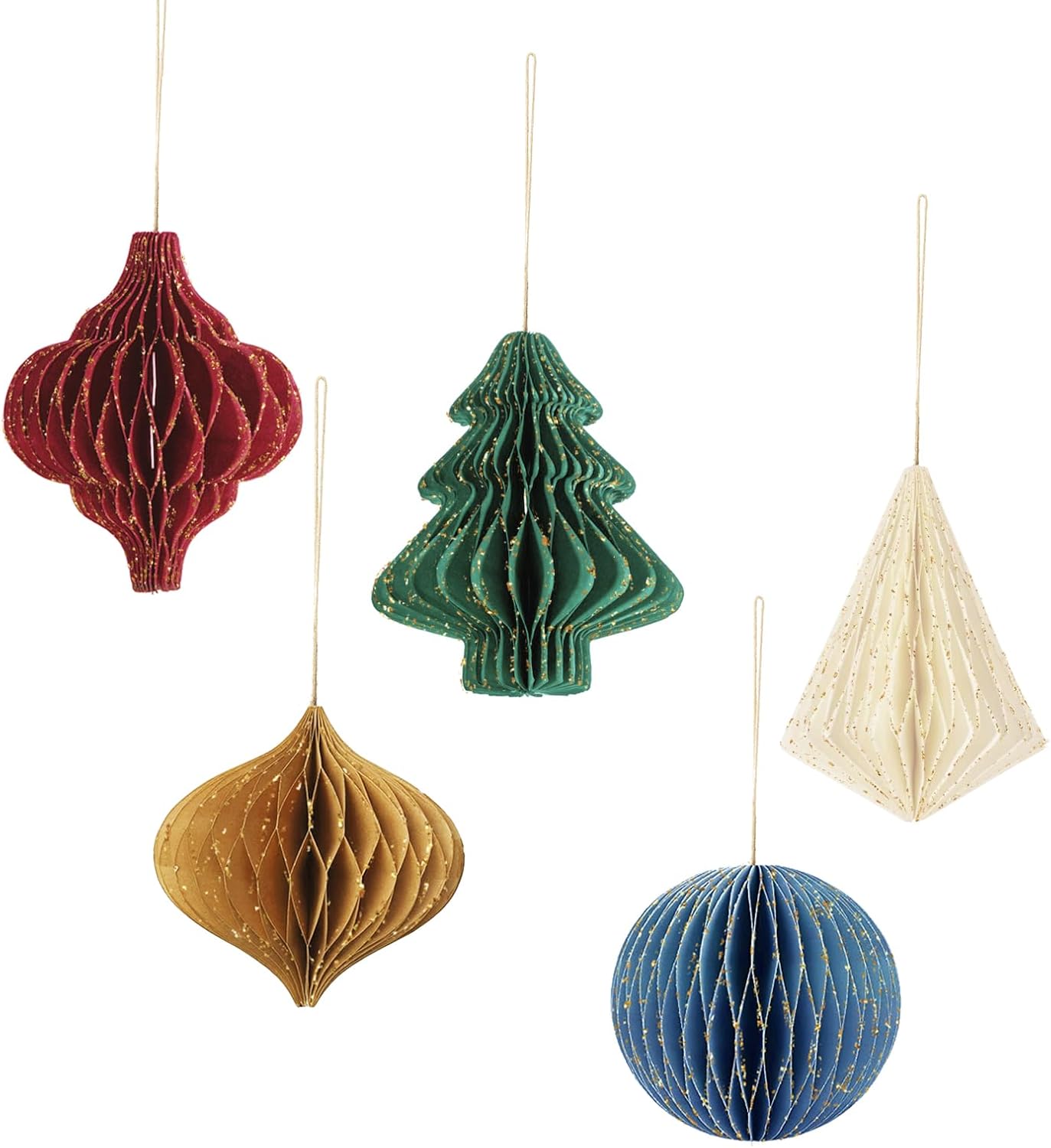
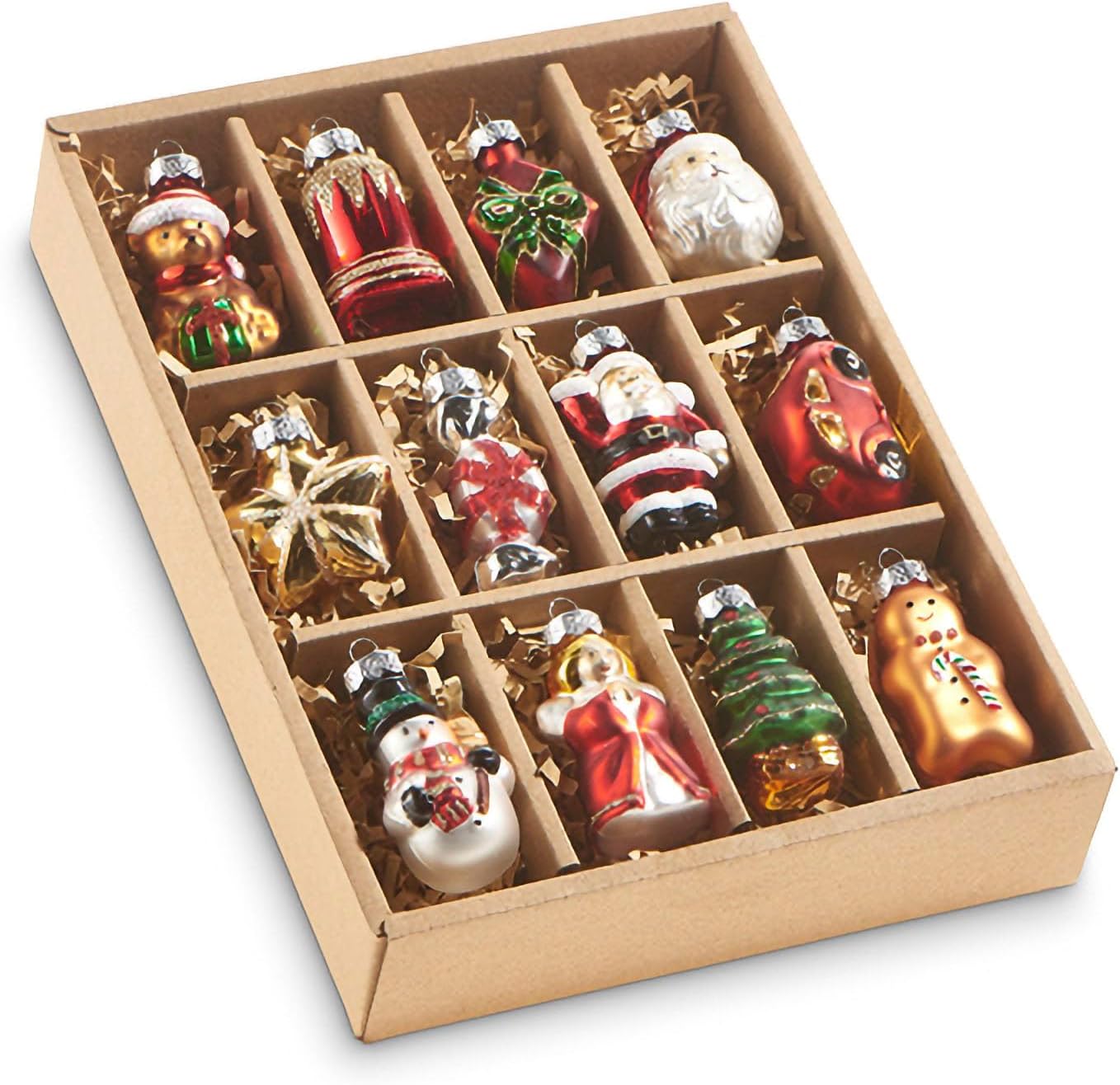



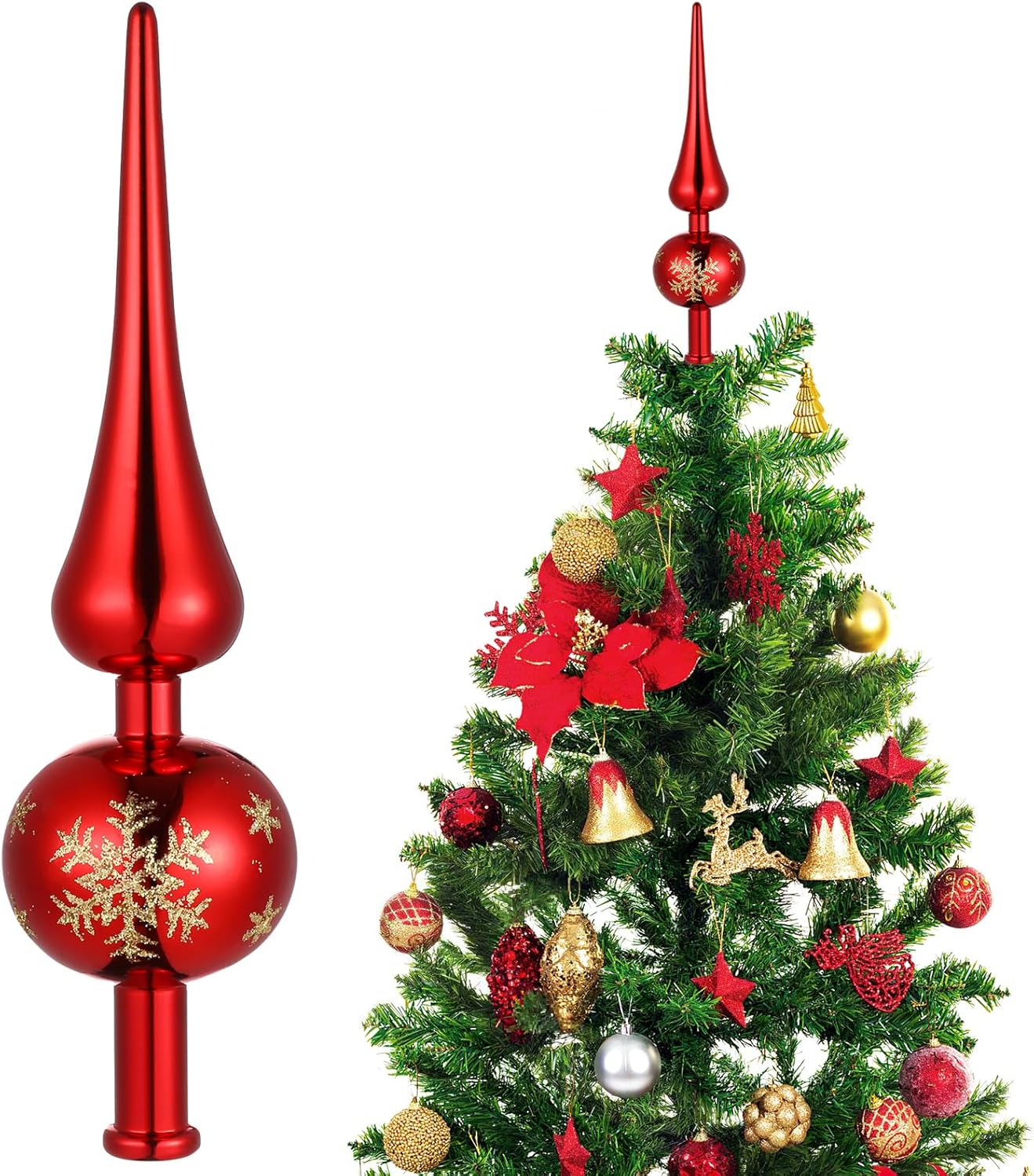

0 comments